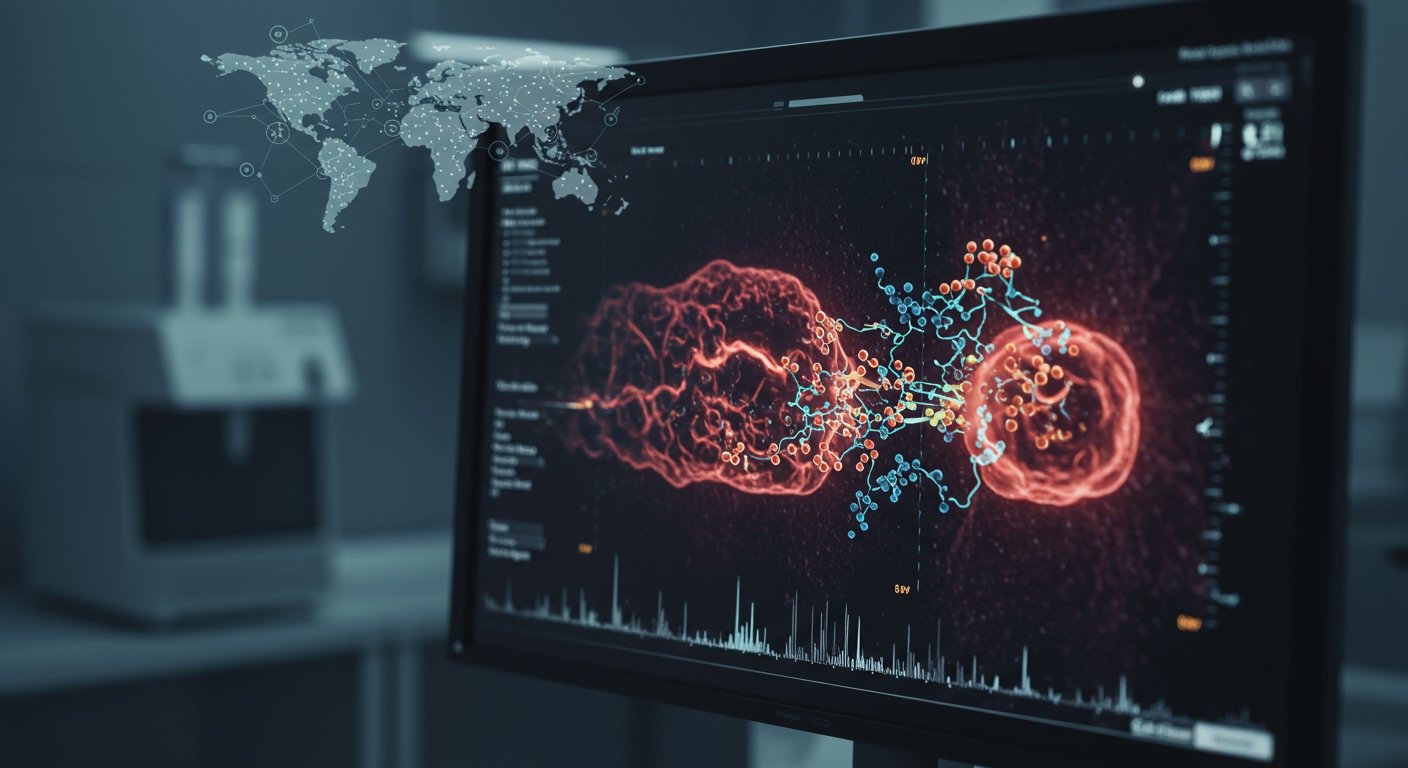Geneva, Switzerland – In a significant move poised to transform global access to advanced cancer treatment, the International Centers for Precision Oncology (ICPO) Foundation has announced its role as a co-founding member of the newly established RLT Angels Association. Launched on June 20, 2025, this collaborative body brings together leading entities in the field of radiotheranostics with the ambitious goal of dramatically expanding patient access to this innovative therapy.
The ICPO Foundation officially announced its participation on June 21, 2025, marking a pivotal step in a concerted effort to bolster global access to Radioligand Imaging (RLI) and Radioligand Therapies (RLT). The RLT Angels Association was co-founded alongside the European Association of Nuclear Medicine (EANM), industry giants GE HealthCare and Novartis, and RayzeBio, a company under the Bristol Myers Squibb umbrella. This synergistic collaboration aims to improve the experience and availability of radioligand imaging and therapies for an estimated one million patients globally, while simultaneously working to expand necessary infrastructure to support one thousand RLT Centers.
Understanding Radiotheranostics: The “See and Treat” Approach
Radiotheranostics represents a cutting-edge approach in cancer treatment that combines diagnostic imaging with targeted therapy. The process typically involves injecting a small amount of a radioactive substance (a radioligand) that is specifically designed to bind to cancer cells. This substance is used in two ways:
Firstly, through Radioligand Imaging (RLI), a diagnostic scan (like PET or SPECT) is performed to visualize where the radioligand has attached in the body, precisely identifying the location and extent of the cancer.
Secondly, if imaging confirms the cancer can be targeted, a therapeutic dose of a different, more potent radioligand (Radioligand Therapy (RLT)) is administered. This therapeutic radioligand delivers targeted radiation directly to the cancer cells, minimizing damage to surrounding healthy tissues. This ‘see and treat’ methodology offers the potential for more precise and less toxic treatment options compared to traditional therapies.
RLT has already demonstrated significant benefits in clinical trials and has received commercial approval for specific indications, including certain types of neuroendocrine tumors (NETs) and prostate cancer. The success in these areas has fueled intense research into its application across a wider spectrum of malignancies.
Ambitious Goals to Bridge the Access Gap
The RLT Angels Association’s target of reaching one million patients and establishing one thousand dedicated RLT centers underscores the current limitations in accessing this complex treatment. Scaling up from current availability to these ambitious figures requires overcoming substantial hurdles related to infrastructure, training, regulatory pathways, and supply chains globally.
The association’s focus extends beyond just increasing the number of centers; it is equally committed to improving the quality of care and the patient experience. By aiming for one thousand centers, the initiative seeks to build a robust, geographically diverse network capable of meeting the needs of a significantly larger patient population.
Expanding the Horizon: Potential Across Multiple Cancers
The potential of RLI and RLT is not limited to currently approved indications. The field is experiencing rapid growth, with approximately 225 ongoing clinical trials exploring the efficacy of radiotheranostics in various cancer types. These trials suggest that RLI and RLT have the potential to expand to treat over 15 different cancer indications in the future, offering hope to patients with cancers that are currently difficult to treat effectively.
This extensive pipeline of research highlights the transformative potential of radiotheranostics and the critical need for the infrastructure and knowledge sharing that the RLT Angels Association aims to provide to ensure new therapies can reach patients swiftly upon approval.
Building the Foundation for Scalable Growth
Recognizing the complexities involved in establishing and operating RLT centers, the RLT Angels Association plans to develop essential resources designed to facilitate global expansion. These include:
* Open-source best practice resources: Sharing knowledge and protocols to ensure high standards of care across different centers.
* Global blueprints: Providing standardized models and guidance for setting up and equipping RLT facilities.
* Tools for process optimization: Developing resources to streamline the operational workflows within centers, from patient selection and imaging to therapy administration and follow-up.
By making these resources openly available, the association aims to lower the barriers to entry for healthcare providers seeking to offer radiotheranostics, accelerating the establishment of new centers, particularly in regions where access is currently limited.
A Unified Vision for the Future of Cancer Treatment
The formation of the RLT Angels Association, with the ICPO Foundation as a key co-founder, represents a coordinated global effort to address the urgent need for broader access to radiotheranostics. By bringing together academic expertise, clinical leadership (EANM), diagnostic imaging technology (GE HealthCare), and therapeutic development (Novartis, RayzeBio), the association is uniquely positioned to drive meaningful change.
This initiative is not merely about increasing numbers; it is fundamentally about leveraging innovative science to provide more patients around the world with access to precise, targeted cancer treatments, ultimately aiming to improve outcomes and quality of life.





